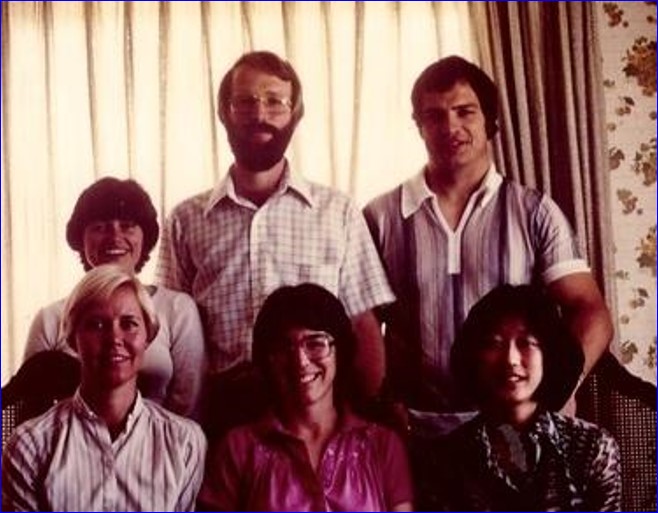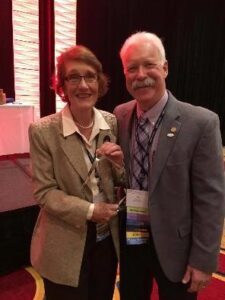Over 45 Years of PT Education
Over 45 years ago, in 1979 the Community Benefits Division of Kaiser Foundation Health (KFH) funded the post professional manual therapy program for one year. The program was successful and continued to be funded year after year and has grown into the well-respected Orthopedic Manual Physical Therapy (OMPT) Fellowship Program that it is today. Kaiser Permanente Northern California Rehabilitation Services Education currently offers post-graduate residency programs in neurological physical therapy and orthopedic physical therapy in addition to the Fellowship program in orthopedic manual therapy.
The journey began with a vision…
…and continues the pursuit of service to the profession, excellence in patient care and scholarly endeavors through Residencies and Fellowships.
The journey began because Peter Edgelow had a vision. That vision has grown to now include at least 244 Residencies and 44 Fellowships. Programs have expanded beyond orthopedics and manual therapy to include Neurology, Geriatrics, Sports, Women’s Health Acute Care, Pediatrics, among other subspecialty areas.
















